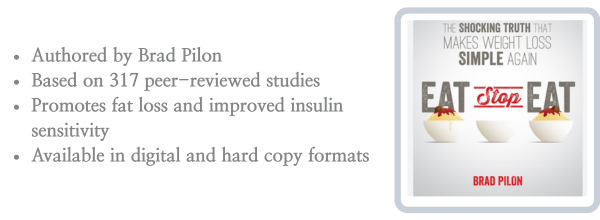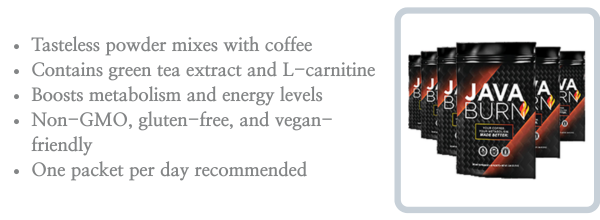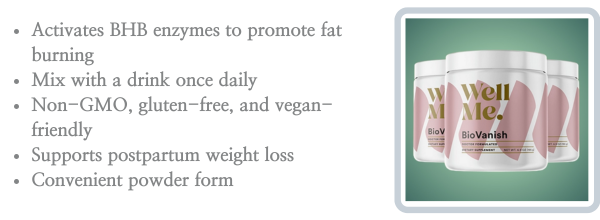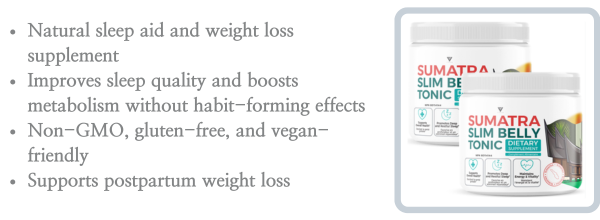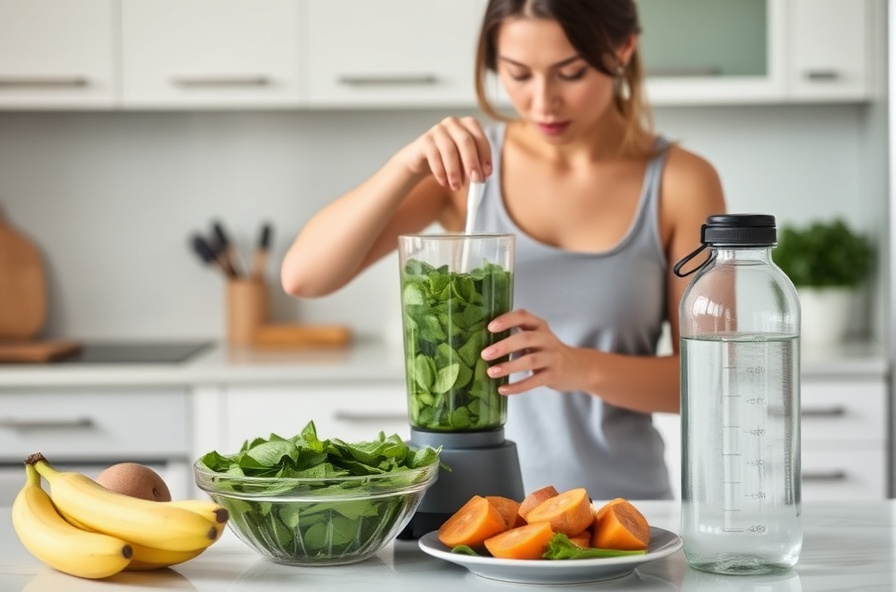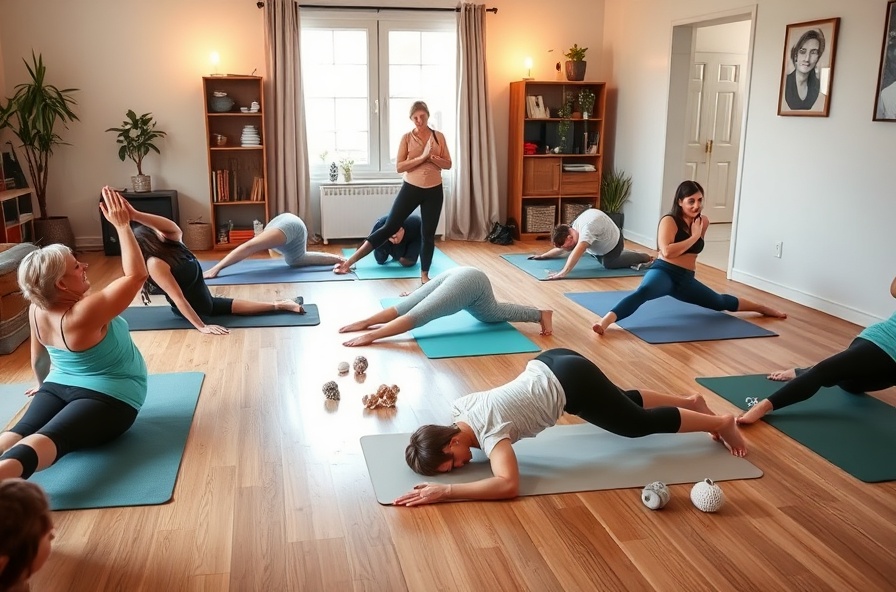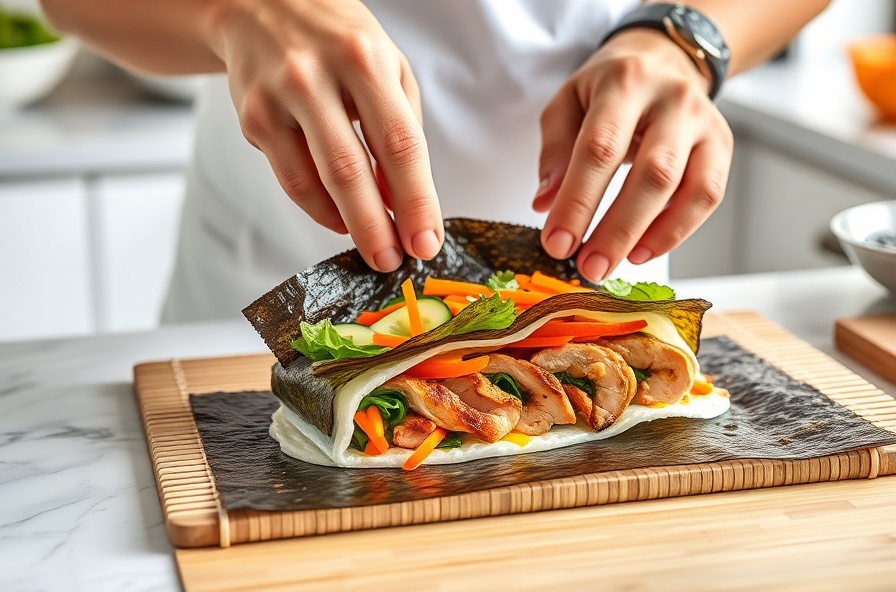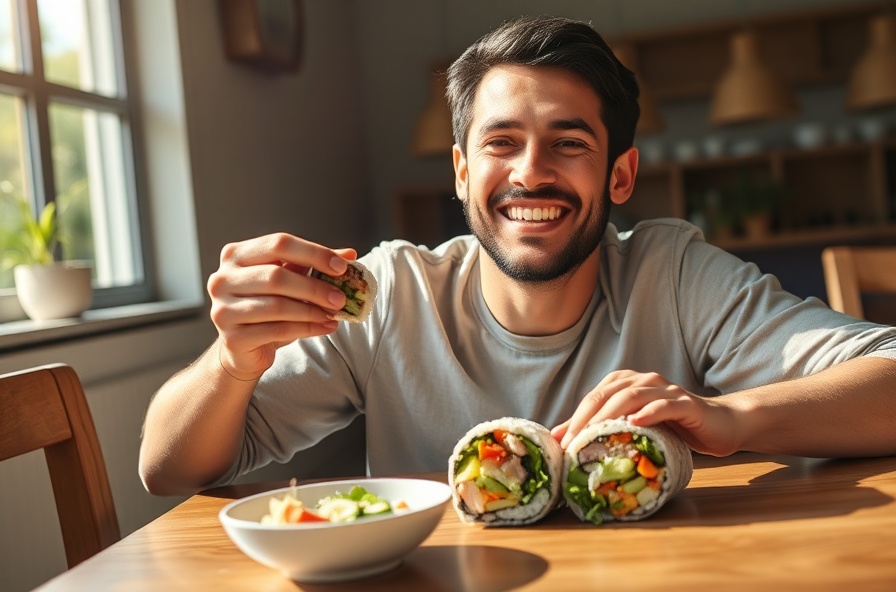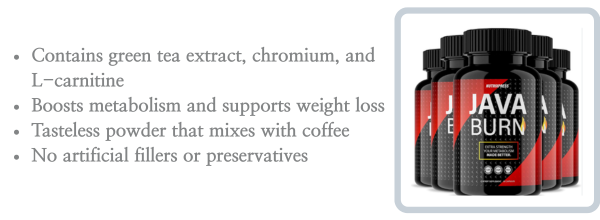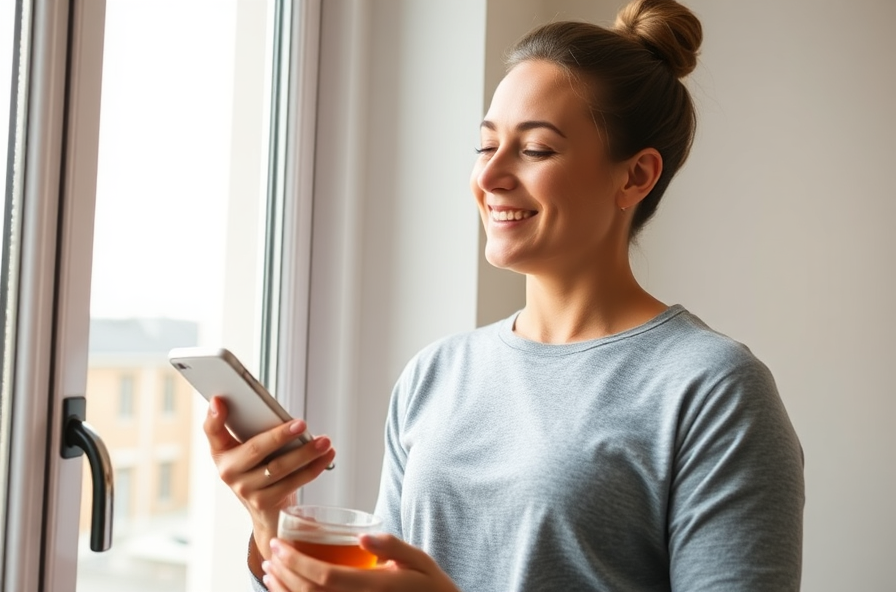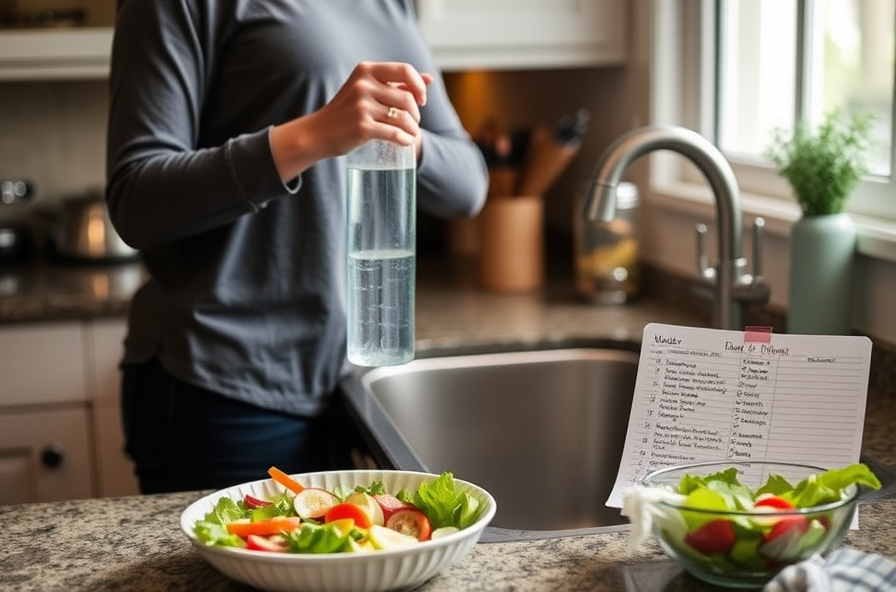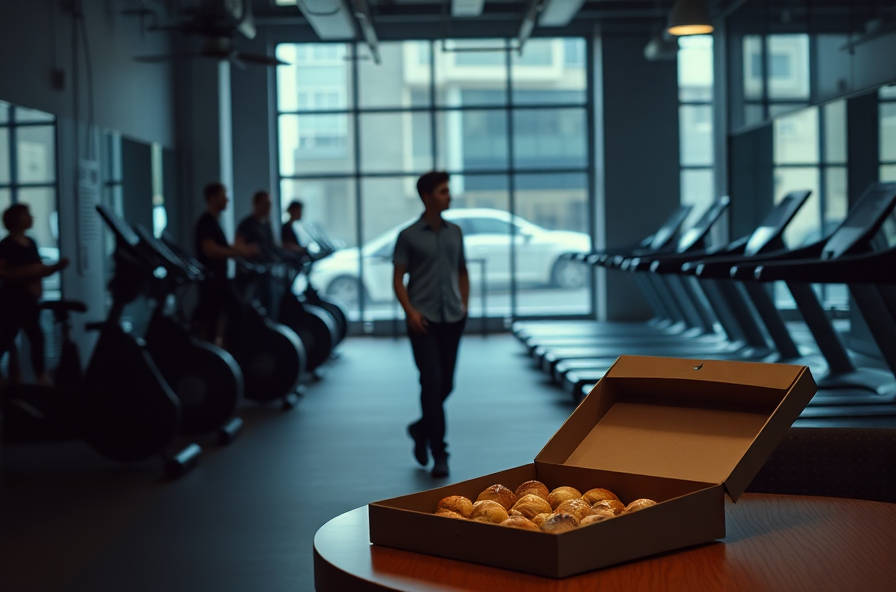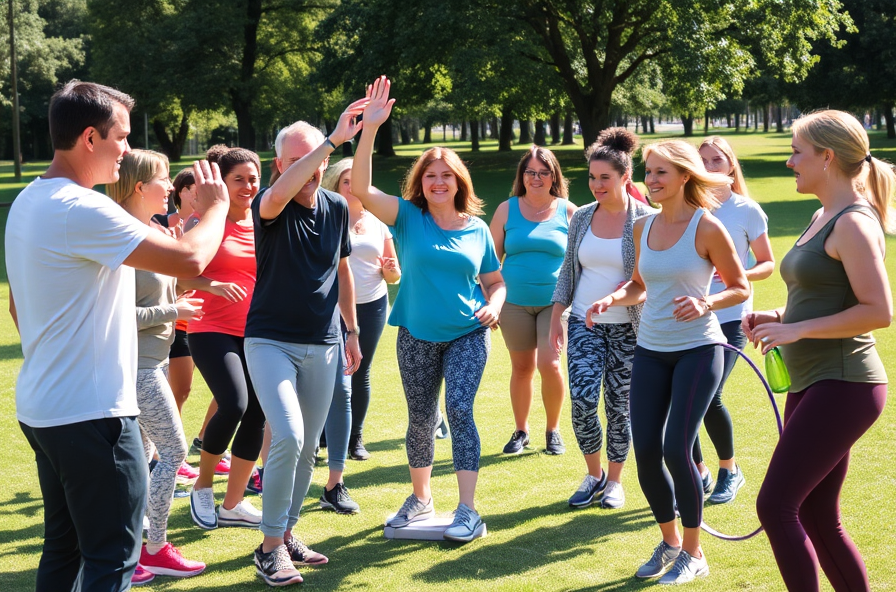
Ever found yourself in the store, holding up a box of something healthy-ish, completely overwhelmed by the nutrition label? Carbs, fats, protein — it all starts to blur after a while. Are you supposed to run from bread, eat only chicken breast, or douse everything in olive oil? It’s a lot. I get it. The back-and-forth advice is exhausting. But honestly, once you get past all the noise, the basics of macronutrients aren’t as mysterious as they’ve been made out to be. Ever been totally lost when it comes to figuring out what to actually eat for weight loss? Trust me, it’s a mess of advice out there — “more carbs!” “Cut carbs!” “Fats are evil!” “Wait, healthy fats!” This article gets real about how balancing protein, carbs, and fat actually works. There aren’t any perfect numbers to follow because, well, we’re all wired a little differently. Learning the basics, playing around with your own meals, and tuning in to how your body reacts — that’s where the magic is. Turns out, this stuff isn’t as stiff or complicated as people on the internet make it sound.
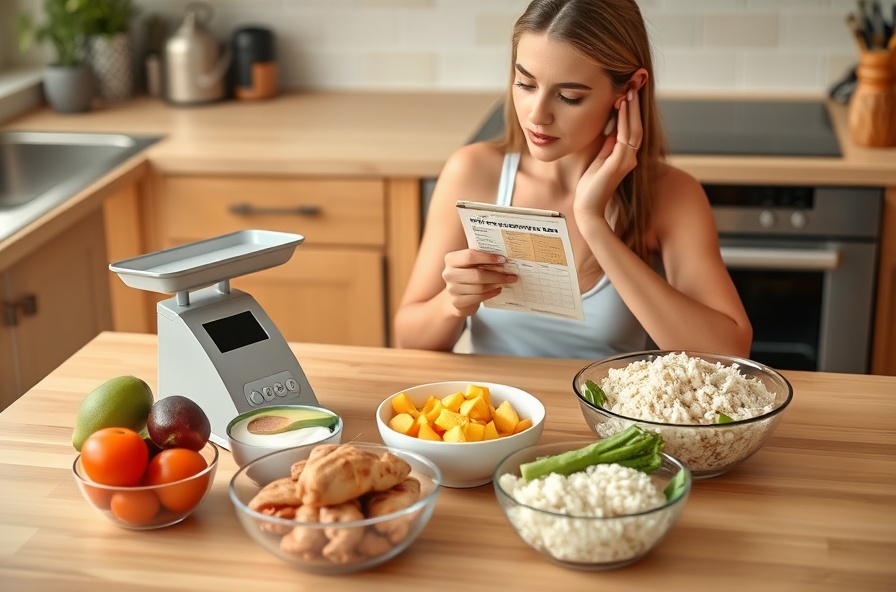
Ever been totally lost when it comes to figuring out what to actually eat for weight loss? Trust me, it’s a mess of advice out there — “more carbs!” “Cut carbs!” “Fats are evil!” “Wait, healthy fats!” This article gets real about how balancing protein, carbs, and fat actually works. There aren’t any perfect numbers to follow because, well, we’re all wired a little differently. Learning the basics, playing around with your own meals, and tuning in to how your body reacts — that’s where the magic is. Turns out, this stuff isn’t as stiff or complicated as people on the internet make it sound.
Ever found yourself in the store, holding up a box of something healthy-ish, completely overwhelmed by the nutrition label? Carbs, fats, protein — it all starts to blur after a while. Are you supposed to run from bread, eat only chicken breast, or douse everything in olive oil? It’s a lot. I get it. The back-and-forth advice is exhausting. But honestly, once you get past all the noise, the basics of macronutrients aren’t as mysterious as they’ve been made out to be.
Let’s just get this out of the way: when people talk about “macros,” they’re really just talking about the main foods your body uses for fuel — protein, carbs, and fats. All three matter, and each does something a little different: protein is for muscles and fixing your body up after a tough day, carbs give you that delicious energy (yep — even pasta!), and fats keep everything running smoothly, from your brain all the way to your moods. No need for a PhD.
There’s something weirdly comforting about this whole “track your macros” thing, because unlike strict meal plans that tell you what NOT to eat, this gives you some freedom to actually eat real food. You’ll see suggestions like “shoot for 45 to 65 percent carbs, 20 to 35 percent fat, and 10 to 35 percent protein.” But honestly, those are just broad strokes. The beauty is in those little tweaks: maybe you add more protein if you’re trying to build muscle, or swap out some bread for extra avocado. And yeah, that flexibility means you get to eat stuff you actually like, instead of pretending kale chips are potato chips (been there, didn’t love it).
So, does paying attention to all these ratios pay off? Short answer: it can absolutely help, but don’t expect your results to look exactly like your neighbor’s, or your cousin’s, or the influencer you follow. For example, the Cedars-Sinai folks say something like 30% protein, 20-30% fat, and 40-50% carbs is a decent jumping-off point. Even just nudging those numbers up or down can affect how snacky you get, or whether you have energy left for anything after work.
I watched a friend go through this last year — afternoons were absolute torture for her, brain-fog and all. Turns out, shifting a little more protein into her lunch and easing up on refined carbs made a massive difference. No wild diets, just a new balance. That’s the thing: most of us don’t need to cut anything major, we just need to notice how a tiny change actually feels.
Not sure where to start? You can just log your meals for a week — don’t stress, don’t change anything, just snoop on your own habits. Most apps will break down your macros for you. Then, try one baby change, like adding some yogurt to breakfast eggs or putting a dab of nut butter on your toast. Give it a week. The “magic” is usually in the boring little tweaks no one celebrates on Instagram.
A quick word of warning: what you’re eating matters as much as how much. Beans and whole grains are totally different from a bag of chips (unfair, but true). Focus more on foods that make you feel good, and if you’ve got health things going on (diabetes, heart stuff — whatever), definitely loop in your doctor before you shake up your plate too much.
Honestly, finding the right macro mix is half patience, half polite guessing. You’ll probably mess it up a few times before it clicks, but that moment when your energy just… evens out? Worth every confusing label you’ve ever squinted at.
You might have to fumble around with your macros a bit before something finally clicks — but when it does, you’ll know. You start feeling more like yourself, your meals actually satisfy you, and all that frustration with diets starts to melt away. Just take it slow, shift things one piece at a time, and let yourself figure it out in your own way.

You might have to fumble around with your macros a bit before something finally clicks — but when it does, you’ll know. You start feeling more like yourself, your meals actually satisfy you, and all that frustration with diets starts to melt away. Just take it slow, shift things one piece at a time, and let yourself figure it out in your own way.
Sources
- The Best Macronutrient Ratio for Weight Loss
- Macronutrients 101 What to know about protein, carbs and …
- Know Your Macros-Why Macronutrients Are Key to Healthy …
Today’s related searches: how to calculate macros for weight loss, best macro ratio for fat loss, tracking macros for beginners guide, adjusting macros for energy levels, meal planning with macro breakdown
[intro_box]
